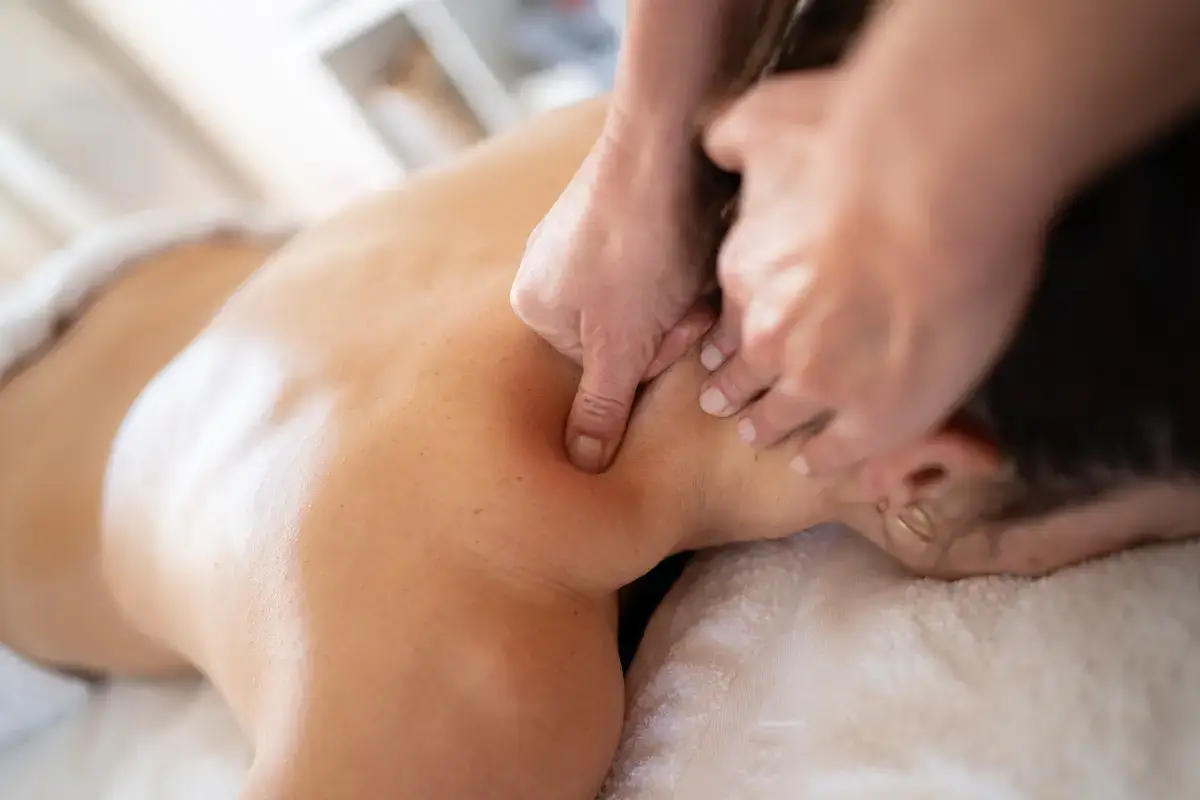These days, relaxation is more of a necessity rather than a luxury. Whether it’s the daily grind, personal stressors, or just the crazy pace of life, all of us need a bit of reprieve from time to time. And one way to achieve that sweet relaxation is through trigger point massage, a technique that’s been getting quite a bit of attention for its ability to zap pain and boost your overall well-being.
Let’s dive into the science behind trigger point massage. And, if you find yourself intrigued by this therapeutic approach, consider exploring trigger point therapy training—it could be just the path for you!
What Are Trigger Points?
First things first, what exactly are trigger points? Think of them as those irritable spots in your muscles that feel tight or knotted. Often referred to as “muscle knots,” they can cause discomfort at the site or even send pain to other areas of your body.
Trigger points form because of tiny injuries in muscle fibers that lead to involuntary muscle contractions. This constant tension restricts blood flow, decreasing oxygen supply while metabolic waste starts to pile up. The outcome? Localized pain and discomfort. Trigger points can develop for various reasons, including:
- Muscle overuse: This happens when you repeat the same motion over and over or keep the same posture for long periods. If you’ve ever had a long day typing away at your computer or been on a marathon hike, you might know what this feels like.
- Injury: Any trauma or injury to your muscle, whether it’s from an accident, an athletic activity, or even a sudden awkward movement, can create trigger points. Your muscle might react to protect itself, but in doing so, it can create these painful knots as a sort of defense mechanism.
- Stress: When life throws challenges our way, may it be physical or mental, our body responds by tensing up. That tension can lead to the formation of trigger points.
- Poor posture: Slouching at your desk, leaning to one side, or other habits can create muscle imbalances. Over time, these imbalances cause certain muscles to work harder than they should.
Neuroscience and Myofascial Release Therapy
Myofascial release therapy is based on the concept of neuroplasticity, which refers to the brain’s ability to reorganize and adapt in response to stimulation. When pressure is applied to a trigger point, it stimulates nerve endings and sends signals to the brain, triggering a release of neurotransmitters and hormones that promote relaxation and pain relief.
Studies have shown that this type of targeted stimulation can also help to break down scar tissue and increase blood flow in the affected area, promoting healing and reducing inflammation. Additionally, regular trigger point therapy has been found to improve overall muscle function and prevent future injuries.
How Does Trigger Point Massage Work?
Trigger point massage is a specialized form of neuromuscular therapy that focuses on releasing those tight knots within the muscles. It involves applying pressure to the trigger points, which helps to break the pain-spasm-pain cycle.
- Identifying Trigger Points: The first step in trigger point massage is identifying where the trigger points are located. This can be done through palpation, which involves using the fingers to feel for areas of tightness and tenderness.
- Applying Pressure: Once the trigger points are identified, pressure is applied to them. This can be done using the fingers, knuckles, elbows, or specialized tools. The pressure should be firm but not overly painful.
- Holding and Releasing: The pressure is typically held for a few seconds to a few minutes, depending on the severity of the trigger point. This helps to release the tension in the muscle fibers and promote relaxation.
- Stretching and Movement: After releasing the trigger point, gentle stretching and movement of the affected muscle can help to restore normal function and prevent the trigger point from reforming.
Benefits of Trigger Point Massage
Now, whether you’re someone who provides therapy or someone receiving it, there are many life-enhancing advantages to be had from trigger point massage. Some of these benefits include:
For Clients:
- Pain Relief: By releasing tension in those stubborn muscle knots and boosting blood flow, trigger point massage can kick that pain to the curb, whether it’s chronic or just making a quick (and painful) visit.
- Increased Mobility: By addressing the root cause of muscle tension, trigger point therapy can help to improve flexibility and range of motion.
- Better Posture: Regular trigger point therapy can help to correct muscle imbalances and promote better posture. Plus, it reduces the chances of those nasty trigger points coming back.
- Stress Reduction: The relaxation and pain relief from trigger point massage can melt your stress away, so you can feel calm and zen.
Trigger Point Therapy Training at Coaching the Body
At Coaching The Body, trigger point therapy is deeply integrated with concepts from neuroscience and movement therapy. Led by Chuck Duff, a manual therapy expert with a foundation in neuroscience, our team has refined and demystified trigger point therapy so that you get the best possible care.
Here’s what sets us apart:
- Advanced Bodywork Approach: We blend advanced trigger point therapy with movement and distraction techniques. This combination is designed to work on releasing muscle tension.
- Targeted Vibration Therapy: For quick relief, we use the Muscle Liberator, a device that delivers precise therapeutic vibrations to your muscles.
- Neuro-Hacking Techniques: Anchored on the principles of neuroplasticity, we accelerate recovery through innovative distraction methods, so your system can heal faster.
- Advanced Analysis: Our team zeroes in on identifying the true source of your chronic pain by exploring how different parts of your body are connected and how pain can spread out from one area to another. This thorough analysis means we’re targeting the root cause of your pain, not just the symptoms.
Wrapping It Up
Myofascial release therapy is indeed a powerful approach to relaxation. By applying just the right amount of pressure to trigger points, you can release that stubborn muscle tension, boost blood flow, and lift your patient’s overall sense of well-being.
So, if you’re someone who’s keen on practicing and/or providing pain relief, trigger point therapy training is a good start. And the best part: this training isn’t just for professional massage therapists. Chiropractors, fitness trainers, and even those just looking to manage their own pain are welcome to jump on the bandwagon!
Consider it a chance to wrap yourself in knowledge and practical skills that empower you to make a real difference—both in your life and in the lives you touch.


